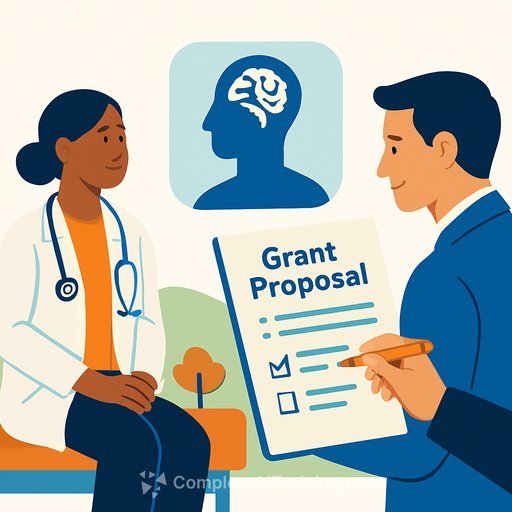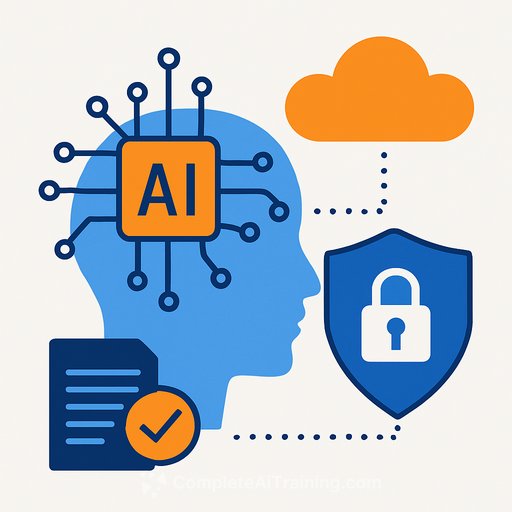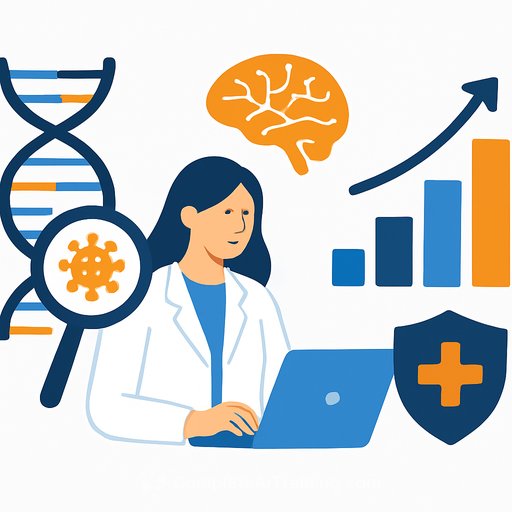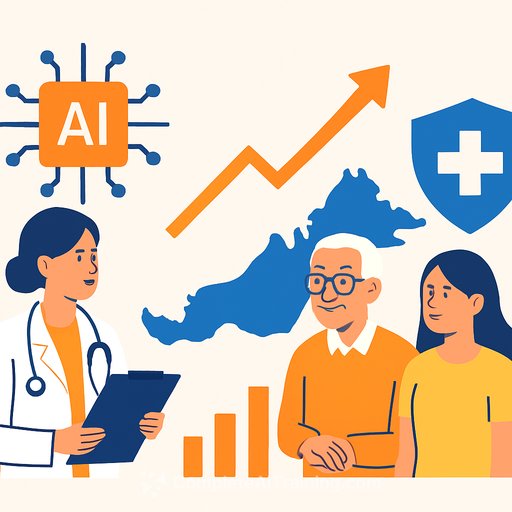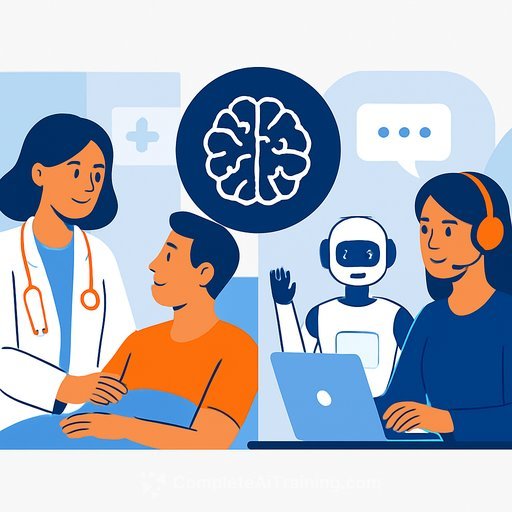Africa-led AI is crucial for self-reliant healthcare: a practical Q&A for clinicians and health leaders
Health systems across Africa don't need hype. They need tools that fit real clinics, real communities, and real constraints. That's where Africa-led AI matters: locally built, locally validated, and accountable to the people it serves.
Why does Africa need AI built in Africa?
Disease patterns, languages, and infrastructure vary widely across the continent. AI trained on foreign data misses local signals and creates risk at the bedside.
Local teams can design models for malaria, TB, sickle cell, maternal health, and NCDs with the right context. That means better accuracy, fewer false alarms, and safer decisions.
What makes Africa-led AI different?
- Data sovereignty: patient data stays under national control with clear consent and governance.
- Language and culture: interfaces in local languages, voice-first options, and patient education that actually lands.
- Infrastructure-aware: offline-first, low-bandwidth, and edge models that run on modest hardware.
- Clinical fit: built around community health workers, primary care, and referral networks-not just tertiary hospitals.
Where can AI deliver value right now?
- Triage and decision support: standardized protocols for CHWs and nurses, reducing unnecessary referrals.
- Imaging: TB CXR screening, obstetric ultrasound guidance, and teleradiology prioritization.
- Lab quality: flagging outliers, missed tests, and contamination risk in high-throughput settings.
- Supply chains: demand forecasting, stockout alerts, and last-mile routing.
- Outbreak early warning: anomaly detection from DHIS2 and sentinel sites.
- Maternal and child health: risk scoring for preeclampsia, PPH, and neonatal sepsis.
How do we build trust and safety into AI for care?
- Representative data: include rural, peri-urban, and diverse age groups to avoid bias.
- Transparent claims: publish intended use, limitations, and performance by subpopulation.
- Human oversight: keep a clinician in the loop for high-stakes calls.
- Post-market monitoring: track performance drift, incidents, and feedback-then update responsibly.
- Community review: engage patient groups early and often to surface blind spots.
For governance guardrails, see WHO guidance on AI ethics and safety in health here.
What data and architecture choices work best?
- DHIS2 and EMR integration: reduce duplicate entry and keep workflows simple.
- Standards: use FHIR where possible for interoperability without heavy lift.
- Federated learning: train across sites while keeping data local when transfer is restricted.
- Edge-first design: run core models on devices; sync when connectivity returns.
- Audit trails: log model inputs, outputs, and decisions for traceability.
How should hospitals and ministries buy AI safely?
Use a thin slice pilot, not a big-bang rollout. Start with one use case, one facility group, and clear success metrics.
- Clinical validity: sensitivity, specificity, and PPV for the target population.
- Operational fit: offline performance, speed on low-end devices, and training needs.
- Data rights: who owns the data, the model outputs, and derivative models.
- Support: local service levels, spare parts, and escalation paths.
- Exit plan: data export and continuity if the vendor leaves.
What outcomes should we measure?
- Turnaround time: minutes from capture to decision for imaging and labs.
- Clinical accuracy: sensitivity/specificity by site and demographic subgroup.
- Referral quality: percent of appropriate referrals and reduced congestion.
- Supply reliability: stockouts reduced and wastage lowered.
- Cost-effectiveness: cost per correct diagnosis or per QALY where feasible.
- Equity: outcomes across rural vs. urban and income brackets.
What about regulation?
Build with regulators from day one. Regulatory sandboxes let teams test safely while collecting evidence.
National data policy should define consent, cross-border data flows, and access rules. The African Union's Data Policy Framework is a useful reference here.
How do we fund and sustain this?
- Outcome-based contracts: pay for measured improvements, not promises.
- Pooled procurement: combine regional demand to lower costs.
- Hybrid models: open-source core with paid support, or national platforms with local vendors.
- Donor alignment: require data ownership, local capacity building, and clear handover plans.
What skills should healthcare teams build?
- Clinical champions: set guardrails, validate outputs, and train peers.
- Data stewards: quality checks, coding standards, and privacy controls.
- Biomedical/IT: device management, connectivity, and edge deployment.
- MLOps basics: versioning, monitoring, and rollback procedures.
If your organization is upskilling staff for AI in healthcare operations, these role-based learning paths can help: Complete AI Training - Courses by Job.
What does a realistic 90-day plan look like?
- Weeks 1-2: pick one use case with clear ROI; define metrics and governance; appoint a clinical lead.
- Weeks 3-6: integrate with DHIS2/EMR, test offline performance, run tabletop safety drills.
- Weeks 7-10: pilot at two to three sites; collect accuracy, time, and user feedback data.
- Weeks 11-13: review results with regulators and community reps; decide scale-up or iterate.
Bottom line
Africa-led AI isn't about tech for tech's sake. It's about safer care, faster decisions, and systems that stand on their own feet.
Build locally, test transparently, measure hard outcomes, and keep clinicians in control. Do that, and AI becomes a dependable part of the care team-on your terms.
Your membership also unlocks:

